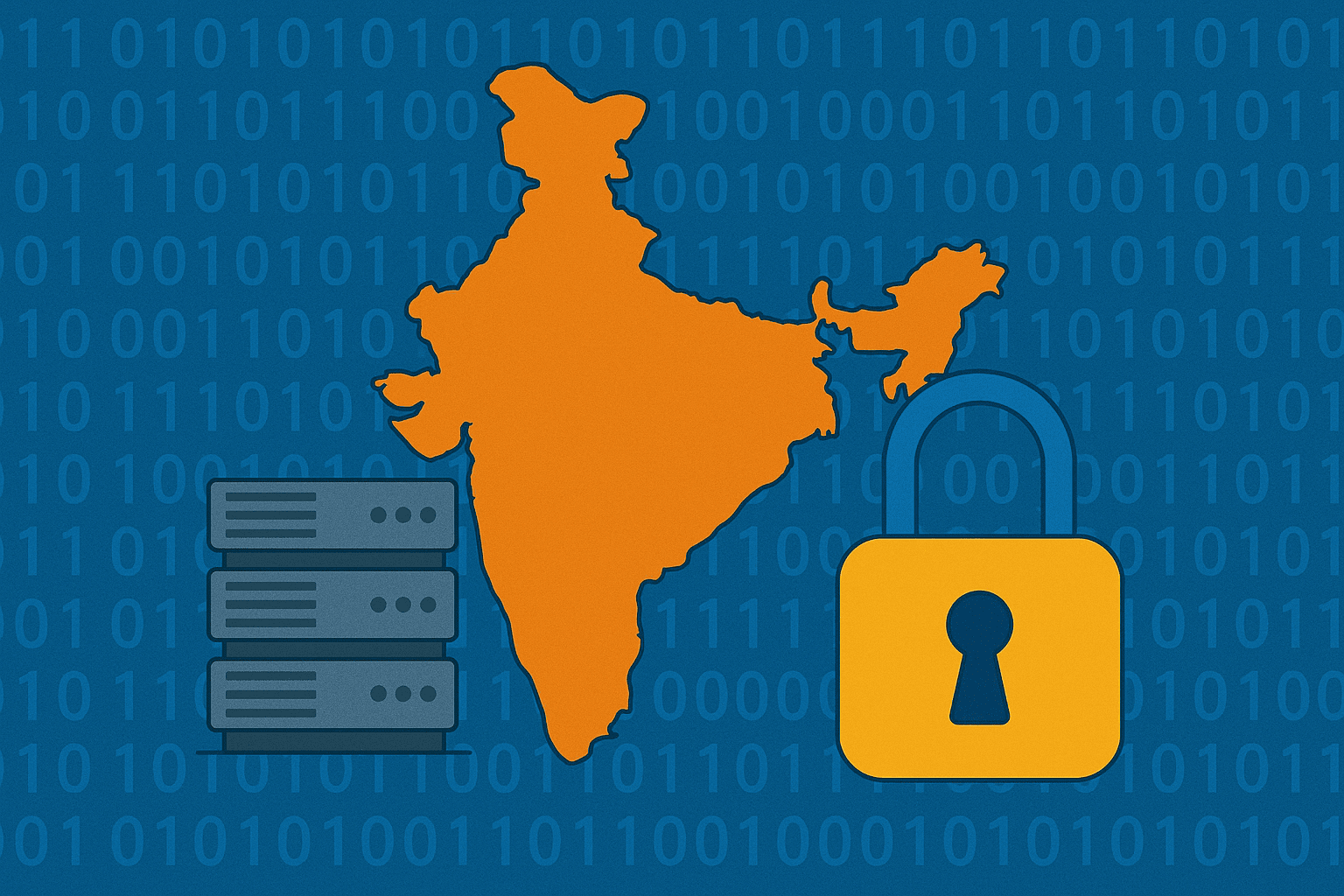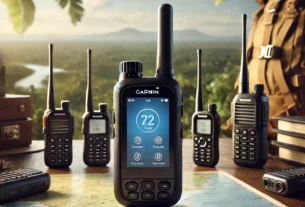Let’s face it—food delivery apps have revolutionised our lives. Whether it’s a midnight snack craving or groceries delivered in 10 minutes, these apps have become indispensable. But while you’re busy enjoying your favourite chocolate lava cake, these platforms are indulging in something a little less savoury—cheating you. That’s right, your beloved delivery apps are playing sneaky tricks, and the odds are heavily stacked in their favour.
The “Free Delivery” Ruse That’s Anything But Free
Ever noticed how your cart total mysteriously hovers just below the threshold for free delivery? You add tomatoes, onions, maybe some overpriced chocolate, but somehow, you’re still ₹1 short. That’s when the app conveniently adds a slew of “fees”—handling fees, packaging fees, and maybe even an “air circulation fee” (we’re joking, but not really). By the time you check out, you’ve overpaid just to hit that magical free delivery mark.
This isn’t new—it’s called bridged pricing, a strategy designed to make you spend more. These apps count on your impatience to add random items just to cross the threshold. And since the breakup of charges is buried in tiny text or hidden behind multiple clicks, it’s a win for the app and a loss for your wallet.
Surge Pricing: Your Wallet’s Worst Enemy
Think surge pricing is just for ride-hailing apps? Think again. Delivery fees mysteriously skyrocket during bad weather, mealtimes, or public holidays. Ordering pizza during a cricket match? Prepare to pay extra. These peak-time charges are designed to capitalize on your cravings and limited options.
Hidden Fees: The Stealthy Charges
Beyond delivery charges, apps sneak in additional fees like service fees, small order fees, or convenience fees. You think you’re paying ₹300 for your meal, but by the time you check out, you’re staring at a bill closer to ₹500. It’s the digital equivalent of death by a thousand cuts.
Inflated Menu Prices and Exclusive Items
If you’ve ever compared an app’s menu prices to those in the actual restaurant, you’ve likely noticed the difference. Delivery apps often inflate prices, adding a hidden premium for the convenience of staying at home. On top of that, some items are exclusive to apps but come at a higher cost than in-store prices. Suddenly, that convenience doesn’t feel so convenient.
“Up to” Discounts: The Oldest Scam in the Book
Discounts are the oldest marketing trick, and delivery apps have turned it into an art form. That ₹200 discount coupon you were excited about? It actually says, “up to ₹200,” which means you might get ₹1 off or, if you’re lucky, ₹10. It’s like ordering biryani and only getting rice.
And don’t even get us started on “50% off” deals. If the discount caps at ₹100, your ₹1,000 order is still painfully overpriced. By the time you realize you’ve been duped, you’ve already hit “place order.”
Algorithm Manipulation: Nudging You to Spend More
Have you ever noticed that your app “recommends” pricier items or bundles? That’s not an accident. The algorithms are designed to push higher-margin products or items the platform is promoting. Those neatly curated sections—“Customers Also Ordered” or “Best Deals for You”—are profit machines, not helpful suggestions.
Wallets: The Great Lock-In
Let’s talk about wallets—those cheerful in-app money holders that promise “cashback” for loading them up. Sure, you add ₹1,000, and the app generously gives you ₹100 extra. Sounds like a good deal until you realize the money is locked in. You can’t withdraw it, and in some cases, there’s an expiry date attached. If you don’t use it, the app wins.
Here’s a kicker: Starbucks reportedly has ₹1,500 crores of unused customer money just sitting in wallets. That’s free money earning interest in their bank accounts while you forget about that ₹200 balance you left for your next cappuccino.
Psychological Tactics: Making You Panic-Buy
Ever seen those countdown timers screaming “Only 10 minutes left for this deal!”? Or progress bars showing you’re just one item away from free delivery? These aren’t just clever designs—they’re psychological traps. Urgency messages create panic, making you buy things you don’t need. The worst part? They’re often fake.
Subscriptions: Guilt-Tripping You Into Spending More
Oh, the subscription trap. For ₹100 a month, you get free delivery, priority support, and some vague sense of VIP treatment. But here’s the catch: you need to order enough to make the subscription worth it. Skip a few months? Tough luck. Try cancelling, and the app will hit you with guilt-inducing pop-ups: “Are you sure? You’ve saved ₹2,000 this year!” Never mind that you spent ₹10,000 to save it.
It’s like joining a gym—just having the membership isn’t enough. You have to use it, or you’re essentially funding someone else’s gains.
Location Tracking: The Creepy Cost Factor
Did you know delivery apps may adjust prices based on your location? If you’re in a posh neighbourhood, you might find yourself paying more for the same items than someone ordering from a less affluent area. Location tracking isn’t just about ensuring fast delivery—it’s about squeezing out every rupee.
Quantity Confusion: 450 Grams of Deception
Let’s talk tomatoes. Your local vendor sells them by the kilo, but your delivery app lists them in random weights like 450 grams or 920 grams. Why? To prevent price comparison. Who’s got time to whip out a calculator mid-grocery run?
And it’s not just weights. These apps use countdown timers, “limited stock” banners, and progress bars to pressure you into buying. You think you’re saving, but in reality, you’re spending more just to meet imaginary deadlines.
The Free Item You Didn’t Want
Imagine ordering a vegetarian meal and getting free chicken thrown in. Sounds absurd, right? Yet, this actually happens. Delivery apps often add “free items” to your cart with no option to remove them. Whether it’s tomatoes you don’t need or a non-veg item for a vegetarian, it’s a blatant disregard for customer choice.
And then there’s the auto-added memberships. One customer discovered an app had sneakily tacked on a subscription fee without consent. You can remove it, but only if you’re vigilant. It’s like someone reaching into your pocket, taking ₹100, and saying, “Trust me, it’s worth it.”
Watch: Beware of these sneaky tricks by delivery and rideshare apps
The Ultimate Irony: You’re Spending More to Save on these Delivery Apps
The dark patterns delivery apps use aren’t accidental—they’re deliberate psychological nudges designed to maximize spending. From hiding fees to creating artificial urgency, these tactics exploit human behaviour. We’re drawn to the illusion of savings, but in the end, we often spend more.
What Can You Do?
So, how do you fight back against these sneaky tactics? Here are some tips:
- Read the Fine Print: That “up to ₹200” discount isn’t always worth it. Check the terms before you order.
- Check the Breakdown: Always look at the fee breakdown before paying. Those hidden charges can add up fast.
- Compare Prices: If possible, check the price of items on the app against local vendors. You might be surprised.
- Skip the Wallets: Unless you’re a frequent user, avoid pre-loading money into app wallets.
- Think Before Subscribing: Do the math and make sure a subscription actually saves you money.
A World Built for Profit, Not You
Here’s the hard truth: delivery apps aren’t designed for your convenience—they’re designed to make money. And they’re brilliant at it. By the time you’ve realized you’ve been duped, they’ve already added another layer of trickery to their UX design.
But it doesn’t have to be this way. By staying alert and calling out these practices, we can demand better from the platforms we rely on. After all, convenience shouldn’t come at the cost of fairness—or your hard-earned money.
So the next time you’re scrolling through your delivery app, remember: it’s not just a tomato. It’s a test. Stay sharp, and don’t let the apps win.




